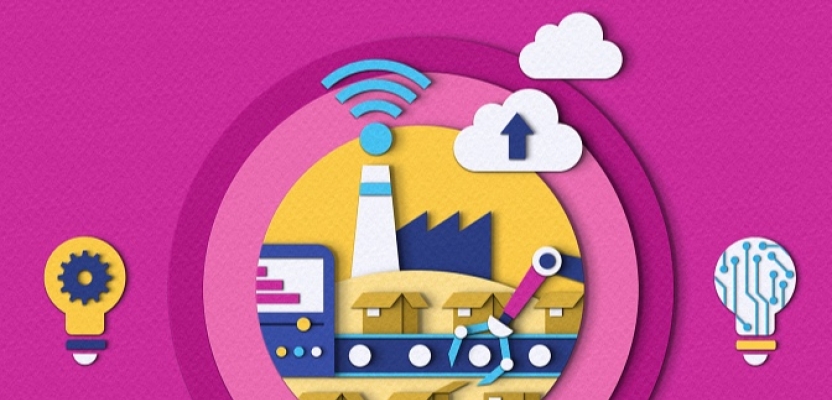Working alone in the solitude of an home office, it can be tremendously easy for freelancers to mistakenly underestimate the impact of their business on the environment.
That isn’t to say that you haven’t thought about it; if anything, if you’re reading this right now, that’s precisely what you did. You’re onto something here: the freelance community works largely in isolation, but that doesn’t make it any smaller than the huge global collective it is. Small actions can make a big difference – we’ve been hearing that all our lives. So why not start with your freelance business?
As a freelance creative professional, there are a few steps you can take to ensure that your freelance business becomes more sustainable. Here are 5 easy ways to help you give back to the environment (or at least support it) as a freelancer.
1. Figure out your carbon footprint
Before you even take actions to make your freelance business more sustainable, it can help to figure out your carbon footprint. There are a myriad of tools that can help you with that, not last WWF’s official My Footprint app. If you’re looking for something more generic, Pawprint (shared by comms consultant Melissa Hobson) is another good one.
Usually these tools require going through some sort of questionnaire, where you’ll be asked about your dietary habits, travel and other elements that may impact your carbon footprint. At the end of the questionnaire, these apps will tell you exactly where you need to act to reduce your footprint, and even where they don’t, they will usually give you a pretty clear idea of what you can do to take action.
This is where the fun begins.

2. Switch to ethical providers
When it comes to sustainability, one of the buzzwords of the past few years has been digital footprint. Until recently, very few businesses and people really stopped to think about technology’s impact on the environment – but as the world moved to work from remote, these implications have come to the forefront of sustainability conversations.
Everything we do on our laptops or in our home offices, from emails to creative work, uses up precious energy and electricity – and that needs to be generated somewhere.
Here’s a random bit of knowledge about power plants for you: heat rate is the amount of electricity/power generated for each unit of fuel consumed. Power plants work on heat rate, which means they burn carbon fossil fuels (mostly) to generate energy. And that all goes to power your laptop.
While you can’t step away from your emails and still expect to do your work, there are a few things you can do to make up for all the energy your work requires. One is switching to sustainable and responsible providers.
There are some energy providers which pride themselves on having green energy as part of their tariffs. Even better, there are some web hosting services which directly offset their energy consumption. For example, Jake Safane, a content writer from LA, shares GreenGeeks as an option – which is also cheaper than most. And there are many others out there to choose from.

Image credit: Desislava Georgieva
3. Work for causes that matter to you
It goes without saying that, if you do care about sustainability, maybe you should think about the kind of work that you do. This doesn’t mean you have to convert your business to working exclusively on sustainability projects (unless you want to), but you can try to weave sustainability into your work.
If you are a freelance creative consultant or art director and you have the necessary freedom, why not approach the client’s brief with a sustainable lens?
Needless to say, working on sustainable projects can help you attract even more clients who are interested in your cause.
4. Write a sustainability policy
This is one of our personal favourite. Once you’ve taken some time to get a clear idea on how you’re going to make your business more sustainable, why not put it into paper?
Spend some time to write a sustainability/responsibility policy that embraces your freelance business and regulates the way in which you work sustainably. You can then share that on your website, or mention it during client briefing calls to share your values and attract the right people.
You don’t have to be extremely thorough with it. Like many things in the realm of sustainability, it’s an ongoing process. It will become more round-shaped as you go, but you don’t need to spend too much time on it as you get started. As your business embraces more sustainability practices, you can always update it as you go. It’s entirely yours, after all!

Image credit: Horea Grindean
5. Think about the littlest things
We did say it: small actions make a big difference in the grand scheme of things. That means that even the most unthinkable habits of yours can have the potential to deliver a great positive impact in terms of sustainability.
A lot of freelancers run on coffee, for example; is your coffee sustainable? If you still meet clients in-person, are you walking to the meetings or taking your car? What about the products you buy, and whether their packaging is recyclable?
If it feels like a lot of work, it’s because it can be – especially if you have no idea where to start. Hopefully this piece will have helped you round down your priorities and guide your steps, as you work to make your freelance business as sustainable as it can possibly be.



